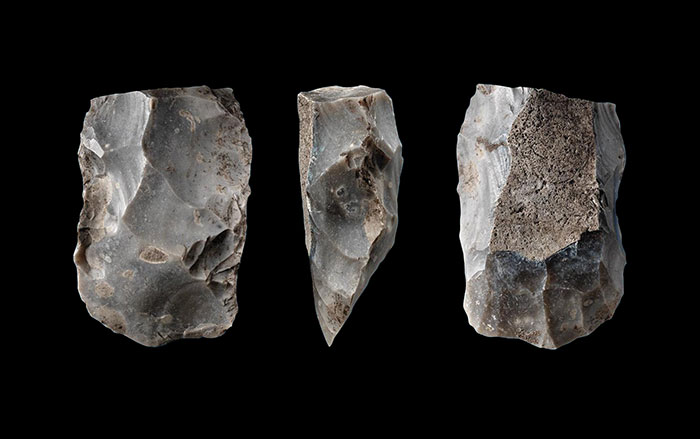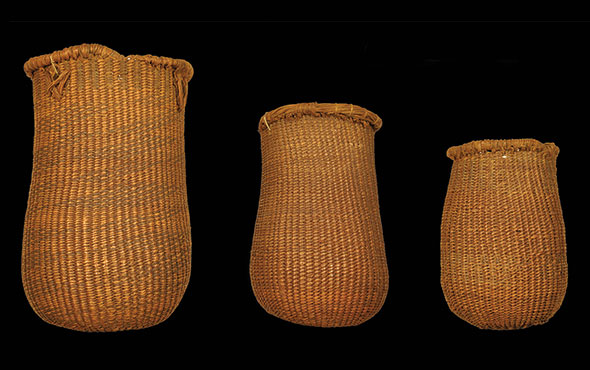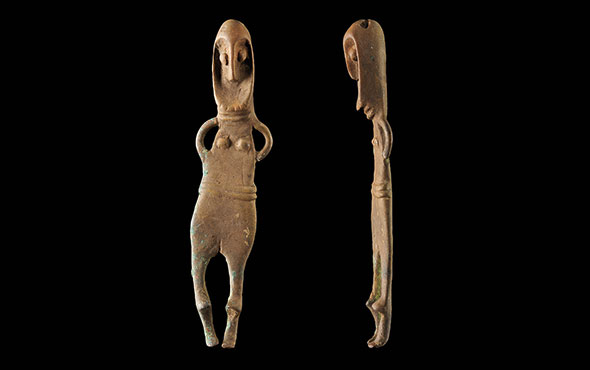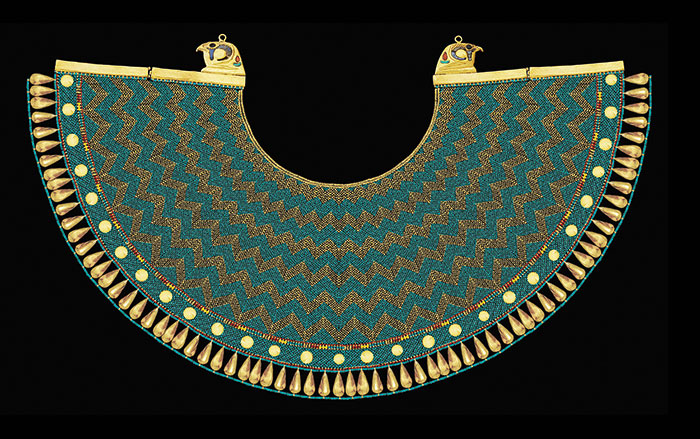
HELSINKI, FINLAND—According to a statement released by the University of Helsinki, excavations of a Mesolithic burial at the site of Majoonsuo in eastern Finland yielded rare preserved examples of plant fibers and animal hair. Archaeologists identified the teeth of a child who died between the ages of three and 10, as well as quartz arrowheads that have enabled them to date the burial to some 6,000 years ago. Soil from the grave also contained a falcon's feather and the down of waterfowl, which the researchers think came from a piece of clothing, such as a parka, or a bed on which the deceased child was laid. In addition to the feathers, the team found canine hairs at the bottom of the burial. It's unclear whether they came from a dog or a wolf, said University of Helsinki archaeologist Kristiina Mannermaa, though dogs have been found in contemporary burials in Europe. The fur might have adorned footwear made of wolf or dog skin. Fragments of bast fiber, which come from nettles or willows, were likely part of a fishing net, a cord used to attach pieces of clothing, or a bundle of strings. Read the original scholarly article about this research in PLOS ONE. To read about a 4,400-year-old carved wooden snake figurine recovered from a wetland in southwest Finland, go to "Snake Guide."











